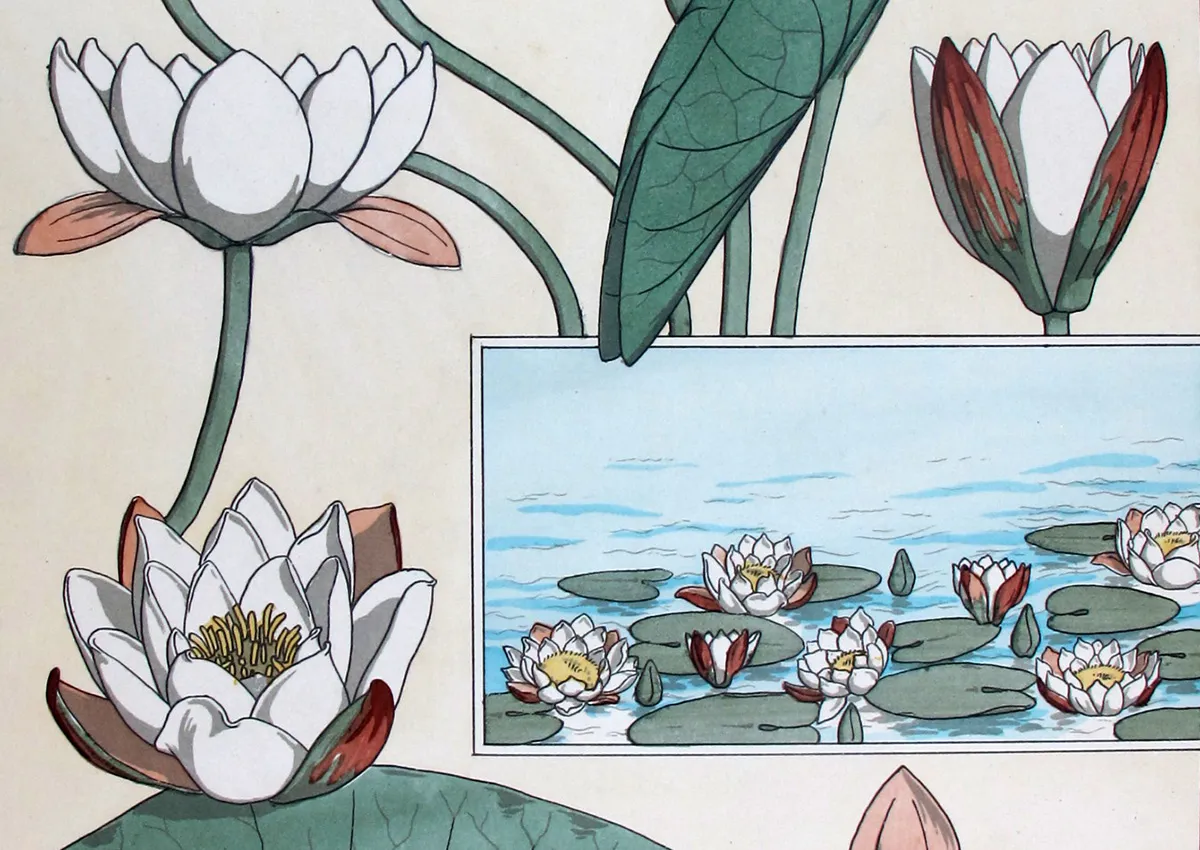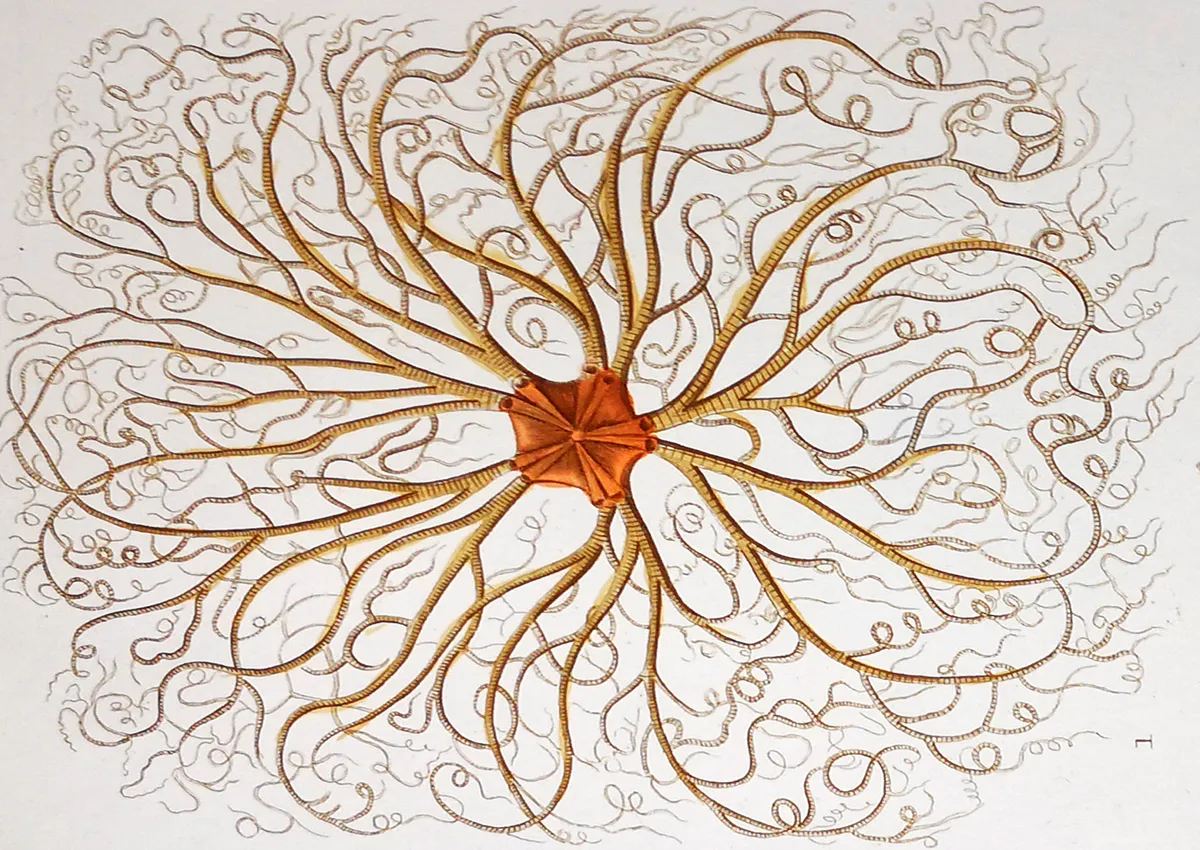
Pochoir or Lithograph? Understanding the True Technique Behind Grasset’s La Plante
Pochoir or Lithograph? Understanding the True Technique Behind Grasset’s La Plante
In the world of antique print collecting, the difference between pochoir and color lithography is more than a technicality — it defines how we interpret, date, and value a work. For Eugène Grasset’s La Plante et ses Applications Ornementales (1896), this distinction is especially critical.
Many sellers and even some collectors describe the prints from La Plante as pochoir — a term that conjures up vivid, hand-applied color and Art Deco elegance. But this is incorrect.
The original prints from La Plante are color lithographs, not pochoirs.
What Is Pochoir?
Pochoir (French for “stencil”) is a labor-intensive technique in which colors are applied by hand using metal or celluloid stencils, often in layers. It was especially popular in high-end fashion and design publications between 1910 and 1930 — think L’Illustration des Modes or the works of Barbier, Marty, or Séguy.
- Highly saturated, flat fields of color
- No visible halftone patterns
- Applied with gouache or watercolor
- Soft, feathered or slightly uneven edges
- Color appears to “sit on top” of the paper
What Is Color Lithography?
Color lithography uses a series of carefully registered plates — one for each color — to mechanically produce color images. It was the dominant method for posters, books, and decorative arts in the late 19th century.
- Printed via stone or zinc plates using chemical transfer
- May show dot patterns or grain textures
- Sharp registration and smooth layering
- Image is embedded in the paper, not raised
Visual Clues from La Plante
Let’s examine two examples from La Plante, courtesy of our collection at Prantique.com:
- Plate 30 – Jonquil
- Plate 19 – Geranium
At first glance, the flat tones and sharp outlines may resemble pochoir. But under closer inspection — even at moderate magnification — you’ll notice the absence of brush marks, the uniform lithographic texture, and precise mechanical layering.
Why the Confusion?
- Grasset’s work predates the pochoir era by 15–20 years.
- The clean designs and vibrant litho process mimic hand coloring.
- Some sellers misuse “pochoir” to describe any old colorful print.
Why This Matters
Correct attribution isn’t pedantic — it’s about respecting technique and history. *La Plante* was printed by Charles Gillot, a pioneer of chromolithography in Paris. These plates are not hand-colored — they are precision lithographs of the Art Nouveau era.
Collect With Confidence
At Prantique, every work is vetted. Our plates from La Plante are guaranteed original 1896 color lithographs — not modern reprints, not pochoirs.
When you buy from us, you’re not just acquiring an image — you’re acquiring history, technique, and truth.


Leave a comment